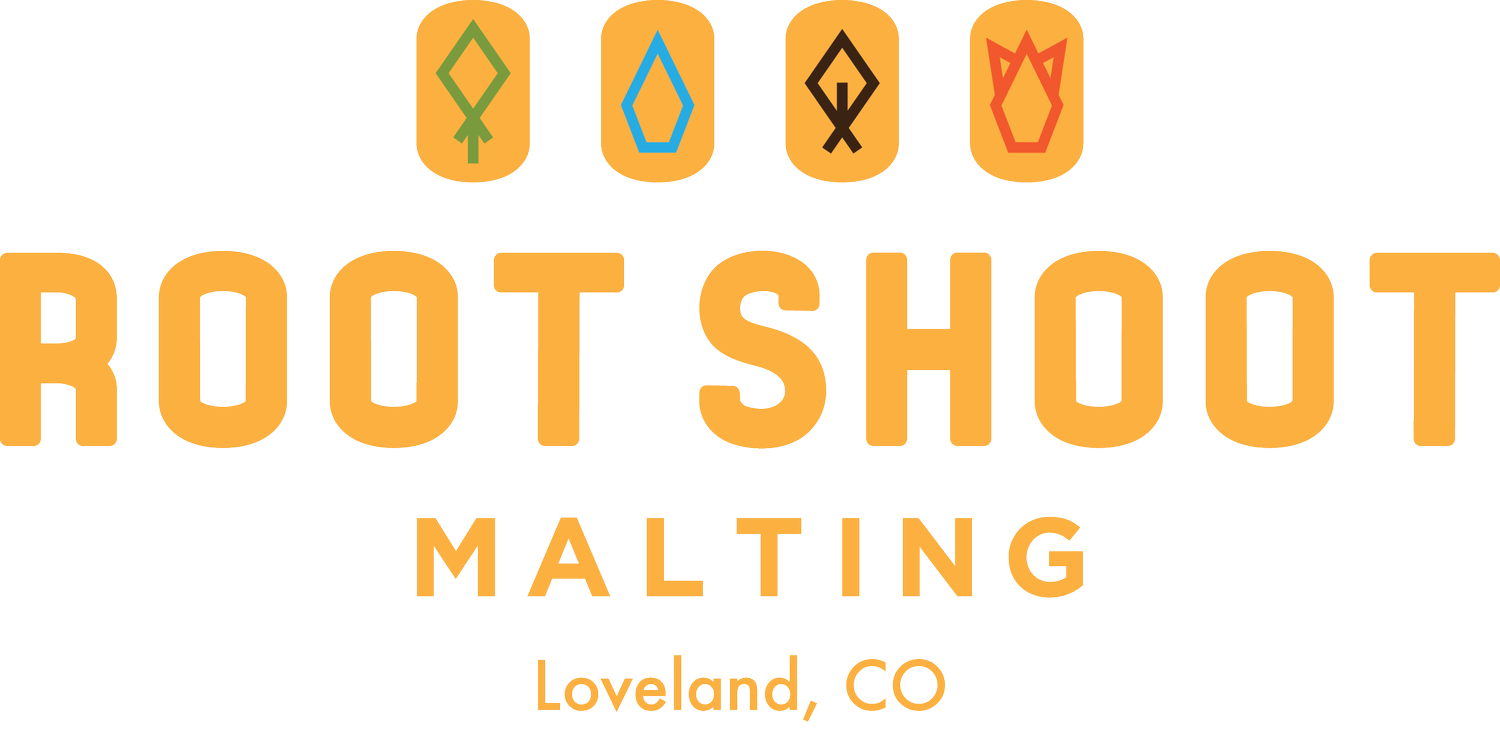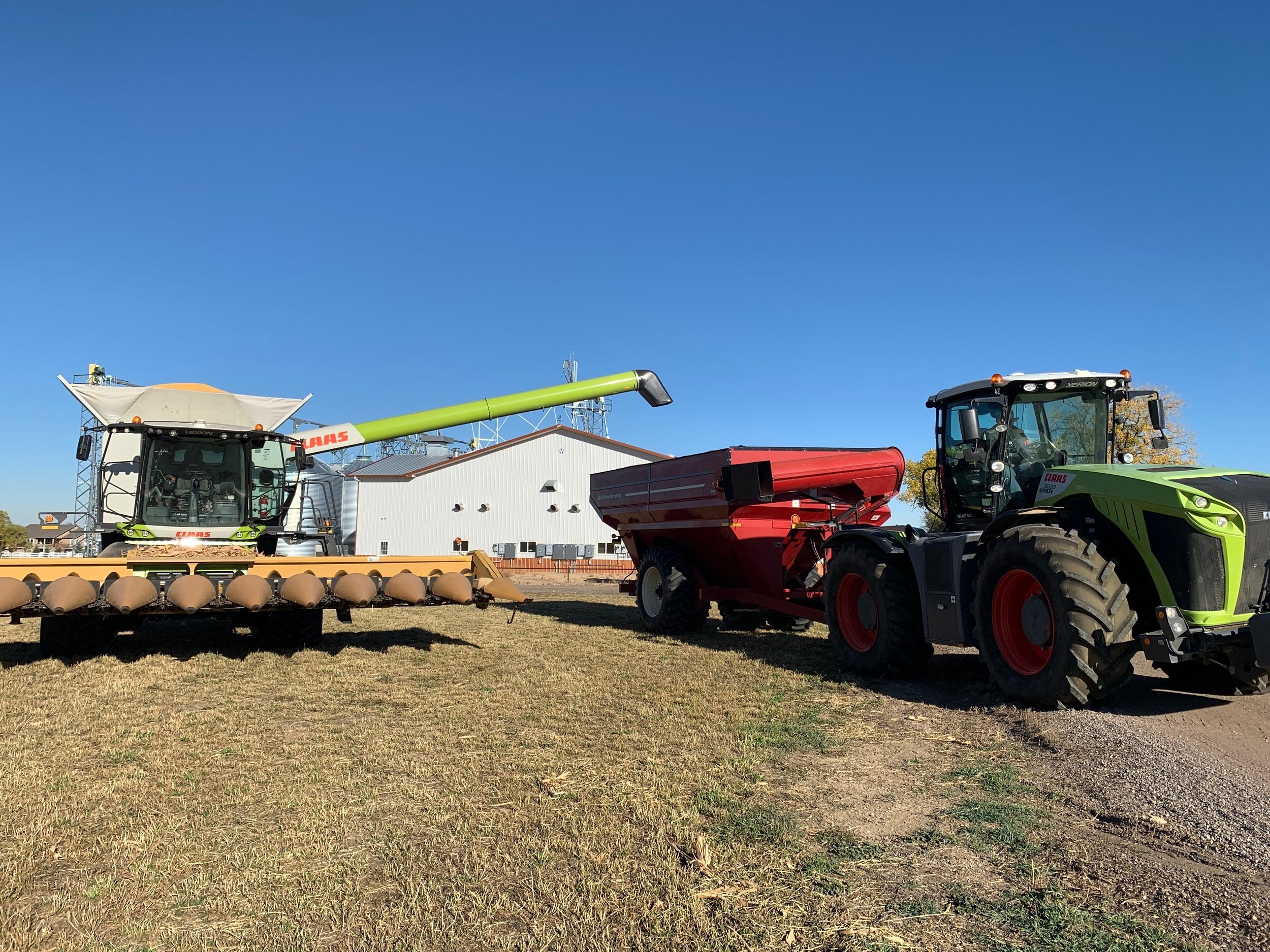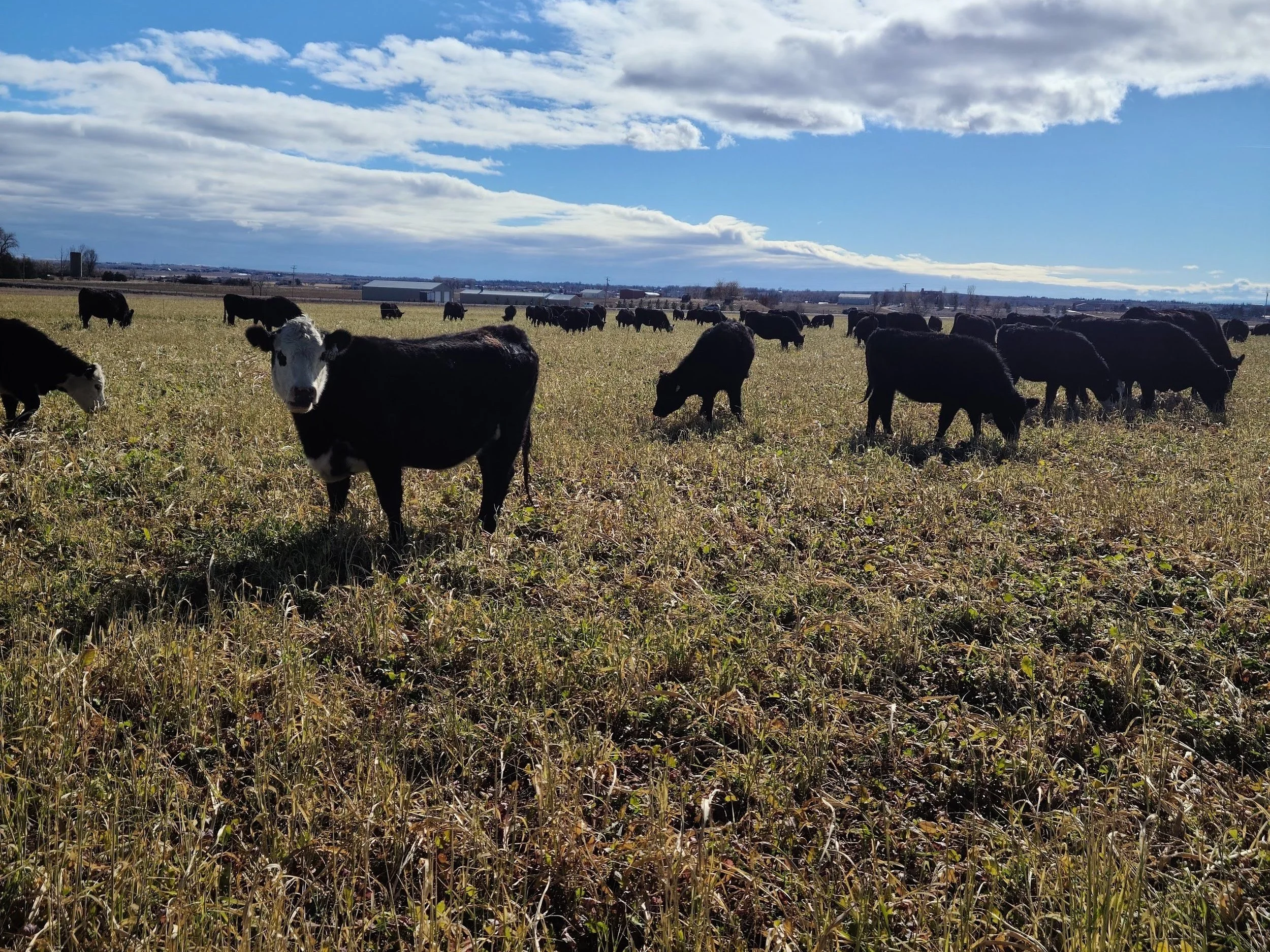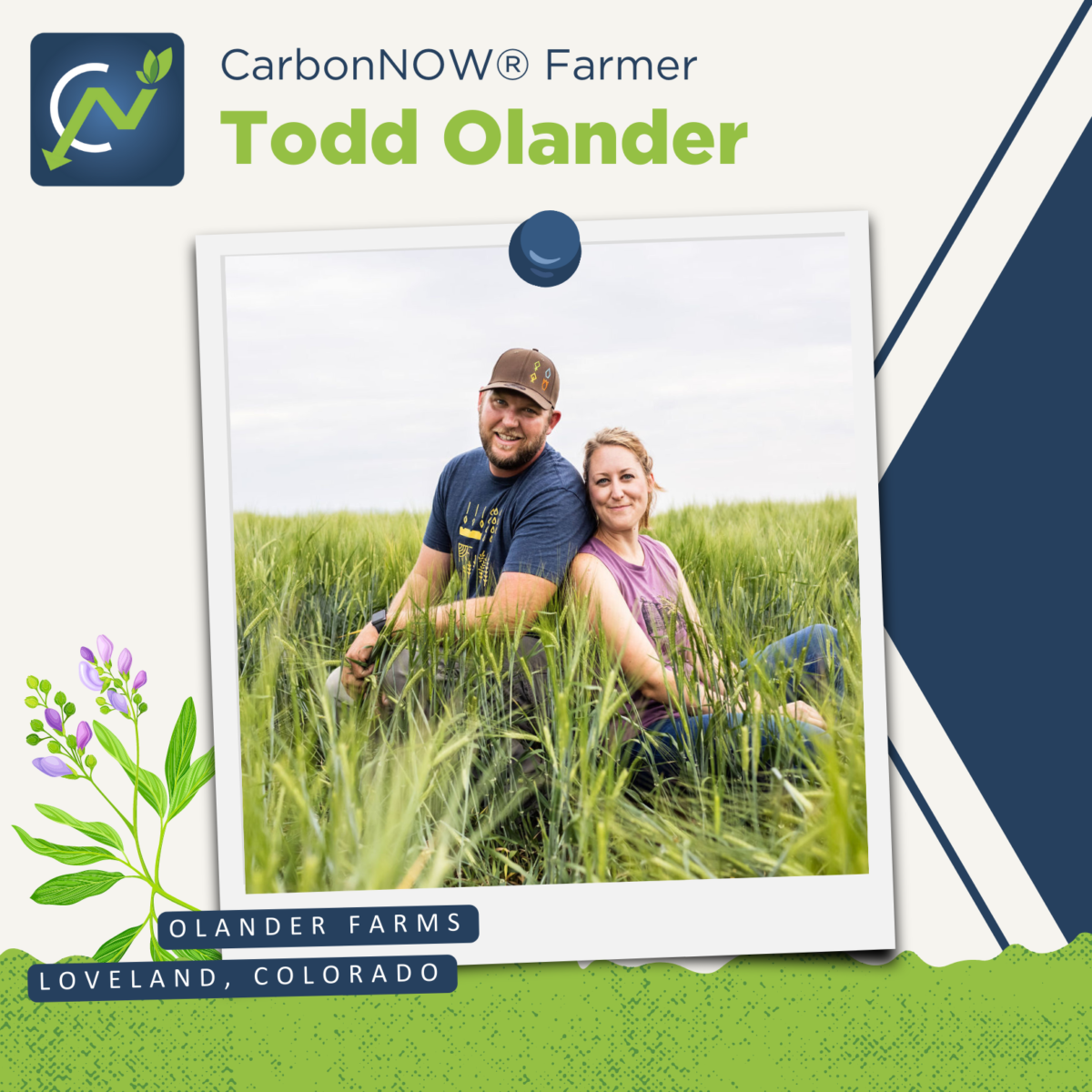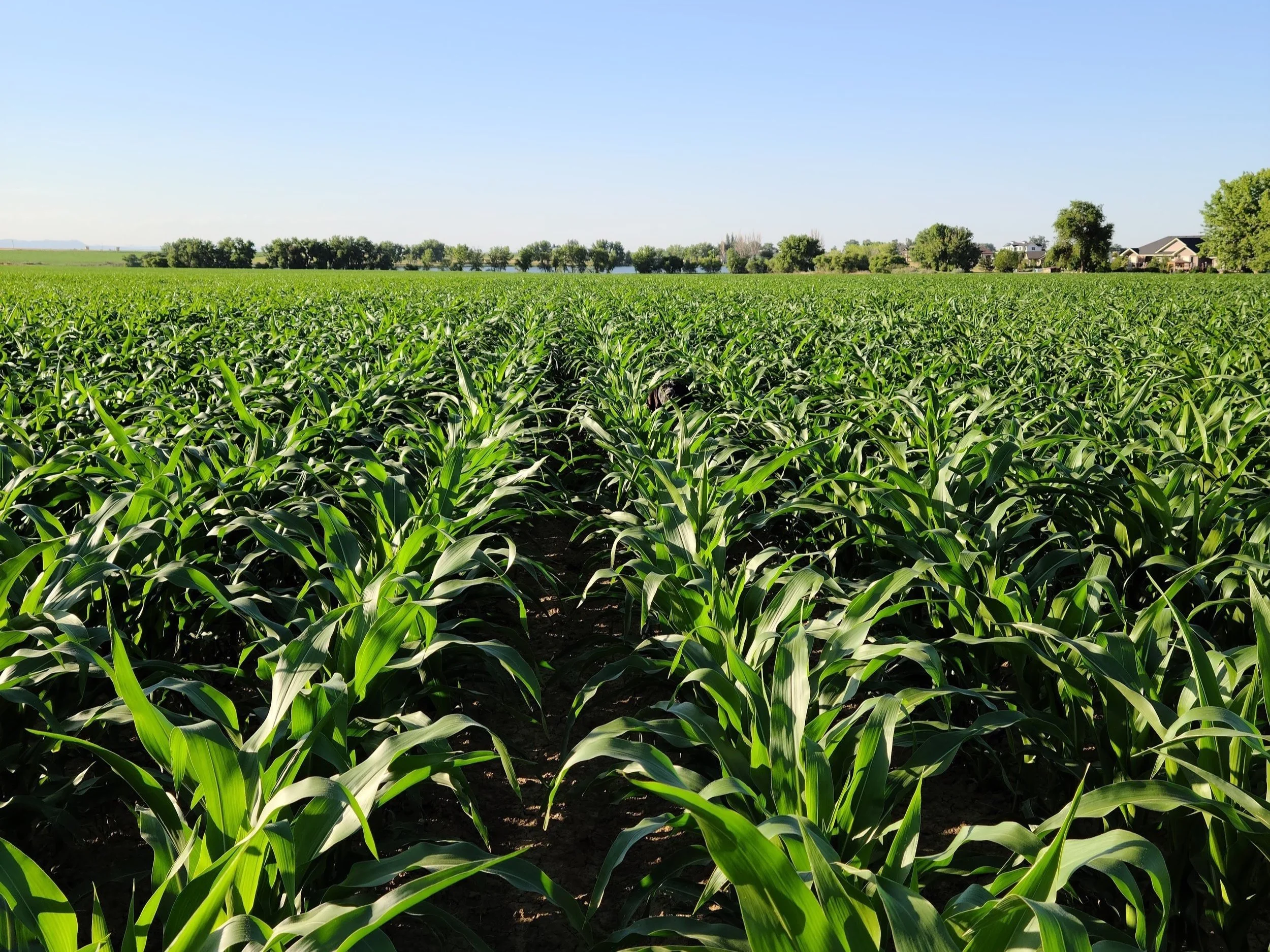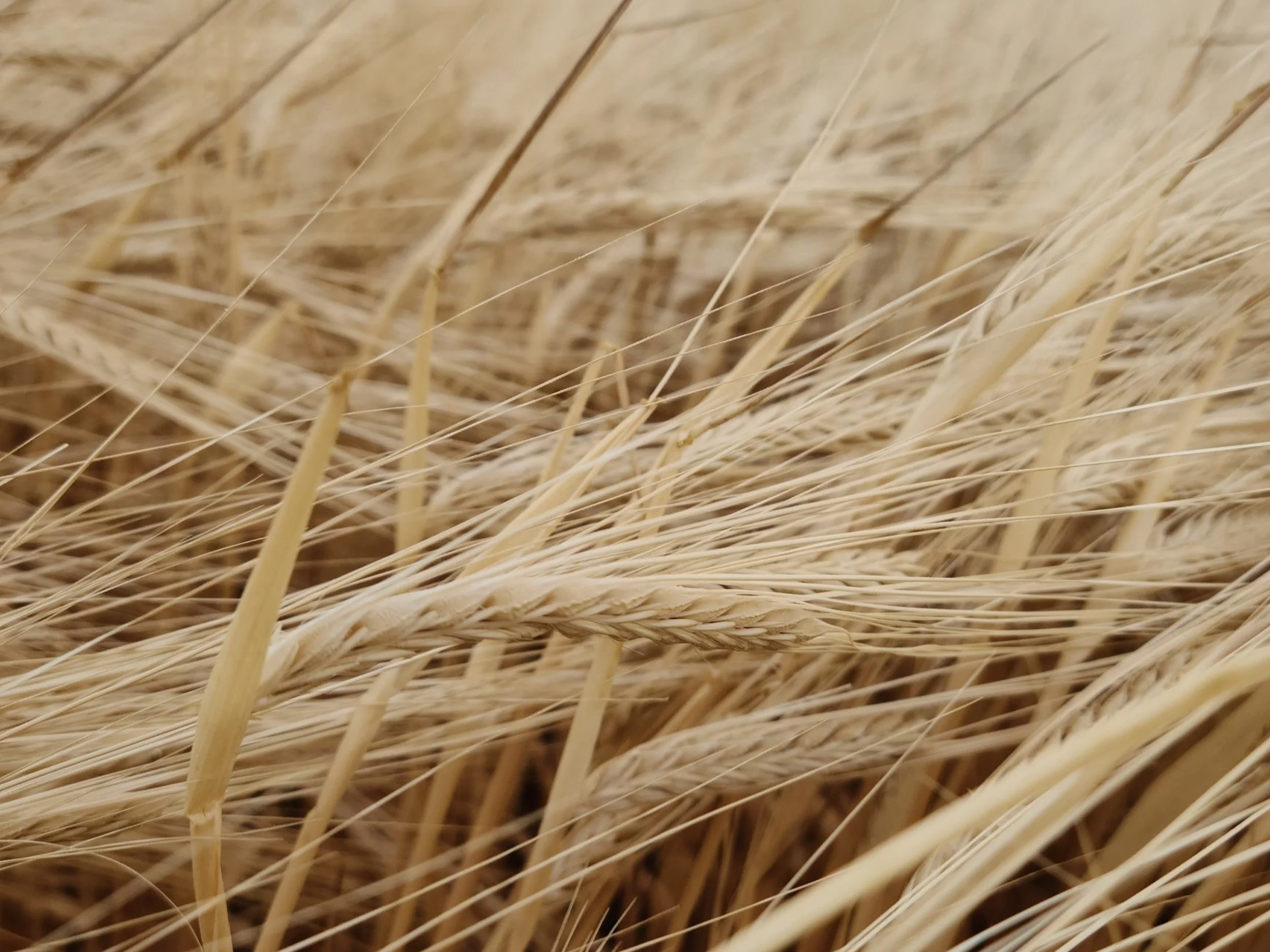‘Twas the night after harvest
And all through the farm, not a creature was stirring (except in the barn.)
The tractors were parked in the shop with great care
In hopes that their maintenance would this year be spare…
Alight. We’ll admit it. We’re better farmers than poets. But with the growing season over and the holiday cheer really kicking in, we wanted to take a stab at kicking off our Final Field Notes of 2022 with a little holiday inspiration. Though perhaps we’d do a little better sticking to some bourbon-spiked eggnog rather than rhyming verse.
Duly noted.
Still, as 2022 rolls to a close, and as we take a rare, but welcome moment to sit back, kick up our boots, and sip on that eggnog, we can’t help but wax a little poetic. Farming will do that to you. All the hard work, long hours, and crazy pace suddenly draw to a close and we look back and think, “Holy sh*t! We did it!” Another year in the books.
And while this year wasn’t our all-time best year, it certainly wasn’t our worst year either. 2022 marks a solid year of agriculture. It wasn’t without its ups and downs, and things never, ever go 100% as planned in agriculture, but we had a decent harvest, we made some big changes to our farm plan, and - as the goal is every year - we got a little bit better at what we do.
Of Note at Olander Farms
Our 2022 Year-in-Review
(It rhymes! Maybe we are poets!)
Harvest:
This year’s farming by the numbers!
Total acreage farmed: 1,797 acres
Barley: 37,000 bushels of malt-quality barley
Bourbon: (Okay…we don’t actually harvest bourbon…just future bourbon!) 30,000 bushels of non-GMO distillers’ corn.
Silage Corn (food for cows!) 2,200 tons
Alfalfa: (also food for cows and other critters!) 3,300 tons (4,400 3'x4'x8' Bales)
Barley straw: 500 Bales
Corn stalks: 600 Bales
Grass hay: 300 Bales
Heritage Abenaki Corn: 200 bushels
Heritage:
If you haven’t heard us rambling on yet about our experiments with Abenaki Corn and Oland Wheat (both heritage grains) well…then…you probably need to follow our socials a little more! This year in the “How-the-Heck-do-we-do-Heritage” we’ve made some gains, placed a few bets, and, of course, ran into a few hiccups.
We’ve upped our acreage of Abenaki corn from one acre to ten. While it’s a beautiful corn with a unique flavor, it’s not without its challenges. So far, we’ve had pretty poor yield results and a significant problem with corn smut, but we’re aiming to take measures to improve those issues. In the meantime, we’re taking a little break to turn what we’ve harvested into bourbon!
With the wheat shortage this year, we made the decision to lower our pricing on our heritage Oland wheat to make it more accessible to our brewers and distillers. If you’re looking to support patent-free, open-source seed, consider using Oland in your next batch of beverage goodness!
Cows:
The bovine ladies are an integral part of our soil plan…and our weekly menus!
Regenerative farming is about networks that support healthy food, and as we have our hands a bit full with the malthouse and the farm (and a small herd of cows ourselves) we’ve been working with other farmers and ranchers to bring some cows to the cover crops. This helps us reduce our workload while still improving our fields, and it provides fresh forage for other farmers to feed their cattle. Win for us, win for the farmers, win for some hungry cattle!
Webb Cattle have 186 cows that will graze about 200 acres at our Bacon Lake farm
Battle Creek Ranch has 122 Yearlings that will graze 80 acres at the Mazza farm
150 pairs of Mom and Calf graze 180 acres at the Larson East farm.
Olander Farms has 18 Cow Pairs (and Billy the Bull) that graze 40 Acres on our home property.
Whew. By our count, that’s 477 rather large animals chewing (and pooping!) on our fields. With that much going on, We’ve also ended up with more beef than we have sold in previous years. We have halves and quarters available and, for the first time, smaller beef packages for folks who don’t have the freezer space for more. Interested? Check out this order form for December orders or email team@rootshootmalting.com for details.
Collaboration:
Regeneration takes collaboration! This year, we’ve been thrilled to work with old and new partners alike, all in an effort to improve our last, reduce our carbon footprint, and grow healthy, local food (and beverages) for our community.
We’re partnering with Zero Foodprint - a program that works with chefs, restaurants, farmers, and even the Department of Agriculture to reduce the carbon footprint in ag and increase soil health, both of which are causes close to our hearts!
Locus Agricultural Solutions is helping us implement microbial soil solutions and improve our farming practices to (yet again) reduce our carbon footprint and grow healthier food.
The Natural Resources Conservation Service is providing assistance with our cover crop seed, planting, and rotation!
The Colorado Department of Agriculture gave us a grant to help fund work with Turn It Up Media so we can revamp all our sales materials and website and make some sexy marketing material to spread about all the good things going on!
Conservation:
When talking land conservation in the Front Range, it’s always a mixed bag of news.
We lost acreage to development this year: 195 acres of land (and in 2021 we lost another 160.) While that always gets us down, there’s good news on the conservation front as well.
First of all, we’re keeping our fingers crossed but we’re hoping to finalize the conservation easement on our own 112 acres at Olander farms by early 2023. (Please send us all the good farm mojo you have!)
Additionally, one of our favorite leased farms, Waggener Farm - a high-yield, strategically located series of fields - is nearly completely conserved! 160 Acres went under conservation in 2021, another 160 was conserved this year, and the last 160 will be conserved in 2023.
These glimmers of progress make us feel like all the work we’ve done one day might just pay off…
And Then, of course, there’s…
Barley!
In combination with the annual 900 acres of barley we plant annually to keep those malt drums running, we’ve also planted 34 acres of two experimental fall-planted barley varieties, Thunder and Lightning. Read more about that project here!
Now, as we roll into winter things on the farm front will slow down a bit. We’ll do our annual equipment maintenance and care for the cattle. We’ll plan out spring plantings and keep an eye on the malthouse silos.
But we’ll also relax, at least a little bit. Visit the breweries and distilleries we supply. Spend time with friends and family. Take a day (heck, maybe several days!) off and go skiing.
Life - and farming - is made of seasons, and winter is the season of rest. Of recuperation. Of taking the time to sleep in - or to stay up late having drinks with friends. It’s the season for reading books in front of a fire and having snowball fights with kids. It’s for sipping on a bourbon and dreaming about the future. We have lots of dreams for the future, and in January we’ll resume the hard work of making those happen. But for now, this holiday season, we wish you rest and relaxation. Time for yourself, and recuperation. The space you need to regenerate. Because regeneration isn’t just for agriculture.
It’s for us all.
Wishing you the Happiest of Holiday Seasons,
—Olander Farms
